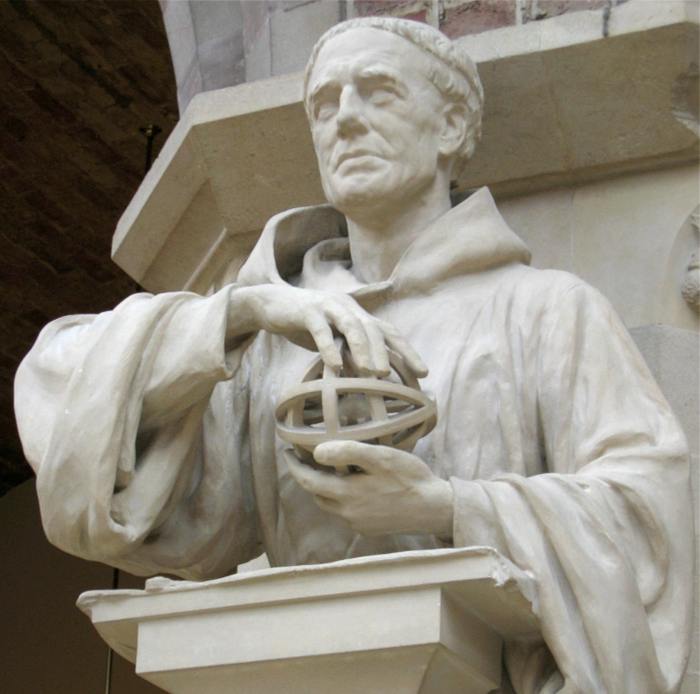
So what does it all mean? That can be a thorny question for any literary work, but for Stephen Lawhead's Bright Empires Series, I think that question is only going to get thornier.
First, there is the question of truth and religion. Lawhead presents several religious traditions in this series. We encounter learned priests from the Christian, Egyptian, Etruscan, and stone age shaman traditions. All are presented with respect and the suggestion that they all have some truth to offer. I suspect Lawhead agrees with the Inklings' notion that pagan religions possess an incomplete version of religious truth that Christ presents in its complete form. I believe you can arrange the various priests/religions along a continuum. The stone age shaman that Kit encounters constructs his bone house in which he will presumably receive religious visions during his dreams on a ley line. The shaman is tightly connected to a particular piece of land. The priests become increasingly abstract in their thinking until we reach Roger Bacon at the other end of the continuum. That religion has tended to move from worship tied to particular places to worship of an omnipresent and omnipotent god is not news, but Lawhead adds a twist as the discovery of the power of the ley lines brings us full circle back to the stone age, a trip that Kit makes literally.
During a conversation between Arthur Flinders-Petrie and his son Benedict as they prepare to make a ley jump, Benedict asks if they will see Jesus where they are going. Arthur answers that Jesus lived in a different time and place, but then muses:
It had long been an ambition to find the line of force that might lead to the Holy Land in the time of Christ. He had yet to find it, but knew it was out there somewhere. The search went on, and Arthur contented himself with the thought that his relentless mapping of the cosmos would eventually yield the location (p. 160).
What would it mean to meet Christ in another place in the multiverse? Is each world fallen and in need of Christ's sacrifice? If there is only one Christ, does he go through the birth and crucifixion cycle in each world? This reminds me of issues raised in C. S. Lewis's science fiction trilogy in which Mars is not fallen, Earth is occupied by the forces of evil, and Venus is on the cusp of falling to Satan's temptations. If intelligent life exists on other planets, are those beings also in need of redemption?
And last but not least, what are we to make of the final scene in chapter 35? Kit, having stumbled out of the stone age (watch your step around ley lines), finds himself on a tropical beach. He journeys inland and comes to a pool of something like water. As usual, Lawhead gives a beautifully detailed and evocative description.
No, not glass--but not water either. Intrigued, Kit stepped closer and knelt down to examine it more closely. Translucent, glimmering, fluid, yet giving off a faint milky glow: a pool of liquid light. As impossible as that might have been anywhere else, here, in this place, it felt natural and right (p. 373).
As he reaches forward to touch the surface, a man carrying a dead woman arrives. The reader knows this to be Arthur Flinders-Petrie and Xian-Li. Arthur steps into the pool and the pair descend beneath the surface. Rings of luminescence spread from the point at which they descended "until the entire pond was the colour of heated bronze glowing fresh from the crucible" (p. 374). When the pair emerge from the pool, Xian-Li has been restored to life. Kit has arrived at the Well of Souls, the prize Flinders-Petrie sought to keep secret. But how does this work? Is this pool like a fountain of immortality, reminiscent of the fabled fountain of youth? Will Kit bring Sir Henry and Cosimo there? What are the theological implications? We will have to wait for The Spirit Well.
In conjunction with the CSFF Blog Tour, I received a free copy of The Bone House from the publisher.
Stephen R. Lawhead's website: http://www.stephenlawhead.com/.
To read what other CSFF bloggers are saying, follow the links below.



